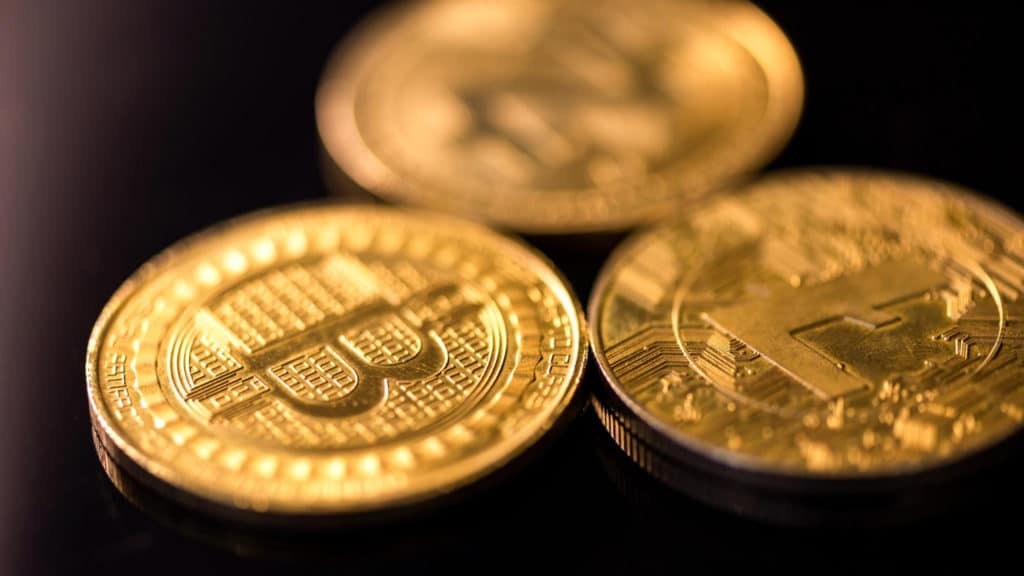IMF: here’s what will be the right rules for crypto
by Arthur · September 6, 2022
The International Monetary Fund (IMF) published a report entitled “Regulating Crypto: The Right Rules Can Provide a Safe Space for Innovation” in the September issue of the flagship magazine Finance & Development.
Crypto regulation, IMF speaks out

The report, written by Aditya Narain, Marina Morettibasically highlights how digital currencies have gained more and more ground in the mainstream as substitutes for traditional currencies
“Crypto-assets have been around for more than a decade, but it is only now that efforts to regulate them have moved to the top of the political agenda. This is partly because it is only in recent years that crypto-assets have moved from being niche products looking for a purpose to have a more mainstream presence such as speculative investments, hedging against weak currencies and potential payment instruments.
reading the beginning of IMF report.
According to the two authors, over the last decade, cryptocurrencies have gone from being a niche product to becoming an attractive product, not only from a speculative point of view, but also as a hedge against weak currencies and potential payment instruments.
This fact has also led to greater interest and commitment from global financial authorities to provide the sector with precise regulation.
“The spectacular, if volatile, growth in the market value of cryptoassets and their creep into the regulated financial system has led to increased efforts to regulate them. As has the expansion of crypto’s many different products and offerings and the evolving innovations that have facilitated issuance and transactions”,
Narain and Moretti write.
The errors and problems experienced in the market in these first months of 2022 have, according to the authors, provided a further impetus towards a greater effort by authorities and financial authorities to regulate the digital asset sector.
This need has also arisen due to the exponential growth of these assets, which in the event of sector-level shocks can also undermine global financial stability.
But again according to the two authors, the task is certainly not easy due to the difficulties of monitoring cryptocurrency markets, because data is often irregular and there are many actors in the field, often without specific permits to operate.
“Crypto-resources are simply codes that are stored and accessed electronically. They may or may not be backed by physical or financial collateral. Their value may or may not be stabilized by being linked to the value of fiat currencies or other prices or items of value. In particular, enhancing the electronic life cycle of cryptoassets the full range of technology-related risks that regulators are still working hard to incorporate into mainstream regulations”,
alludes to the risk associated with cybercrime and the many cases of hacks that follow each other by siphoning large sums of money from the accounts of companies that are victims of attacks, posing a risk to the safety of investors.
The report ends with a hope for clear regulation at global level “will bring order to the markets, help create consumer confidence, set the boundaries of what is permissible, and provide a safe space for useful innovation to continue.”
On the other hand, the International Monetary Fund has always been very wary of the world of crypto assets and has strongly criticized El Salvador’s decision to make Bitcoin legal tender in the country, threatening to stop lending to the country if the law is not changed. IN a report last April.
The fund had accused Bitcoin of being the currency of choice for criminals halfway around the world, which is precisely why it had called for the introduction of precise regulation of the sector. Just as Nairan and Moretti repeated a few days ago in their report


